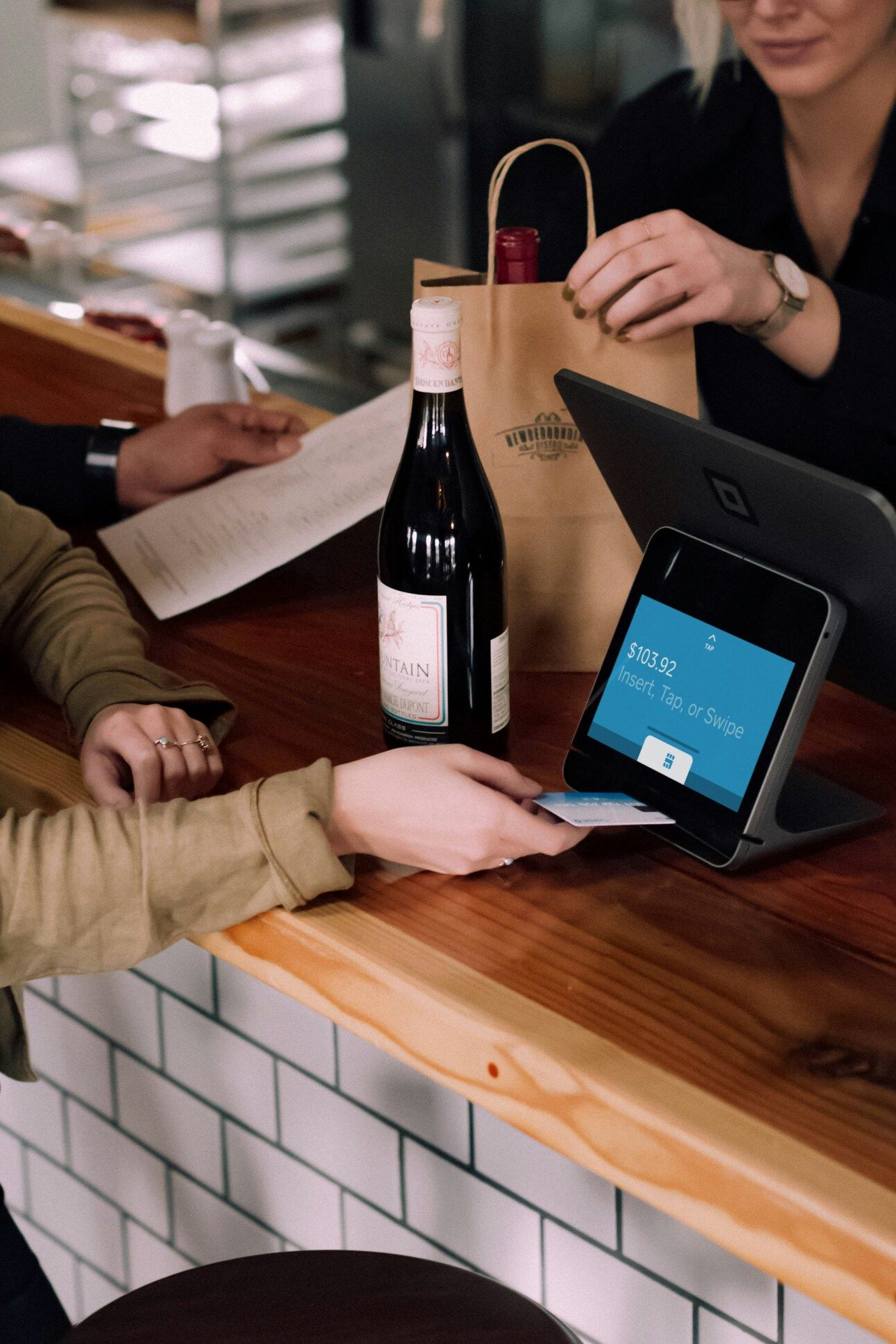Bars, alcohol retailers face steep declines during ‘Dry January,’ seek alternative ways to draw in customers

Businesses that rely on alcohol sales are increasingly having to figure out creative ways to draw in customers during Dry January. Photo by Christiann Koepke on Unsplash
What you already know: While Dry January may seem like a simple wellness trend, this increased interest in sobriety has started to become a serious issue for alcohol producers and retailers at the start of the year. At breweries alone, sales can drop anywhere between 10% and 15% during the month of January, said Michael Varda, founder of consulting firm Craft Beer Advisory Services. Because of this, many businesses have had to adjust their strategies, he said. “The companies that are doing well are meeting customers where they're at, as opposed to companies who, in some ways, trivialize Dry January,” said Varda.
What it means: There are lots of ways that an alcohol business can “win” Dry January, Varda said. This could be adding more mocktails and non-alcoholic beverages to a menu, or promoting “damp” January with low ABV drinks. Plus, these businesses should seek ways to provide more than just drinks to draw in clientele. “They have to bring people in with different events or entertainment – different ways to ultimately connect with them – because it's not going to be the alcohol,” he said.
What happens next? As younger generations grow increasingly attracted to sober living, businesses may need to use these tactics beyond the first month of the year. A survey from Craft Beer Advisory Services reported that 54% of Gen Z are likely to increase their consumption of non-alcoholic beverages in 2025. This interest has given rise to the nonalcoholic beer, wine and spirits industry, where companies like Athletic Brewing, Ritual and Ghia have gained major traction. The industry is expected to be worth $225.6 billion by 2030. “Gen Z is drinking less alcohol, period,” said Varda. “They are opting for healthier alternatives.”
The takeaway: The best way for these businesses to adapt is to go beyond being just a “local drinking spot,” said Varda. Along with providing several options for non-alcoholic alternatives, creating a comfortable “third space” environment can help these businesses draw in younger customers. “There is a way for small alcoholic brands to win Gen Z as that third space,” Varda said.

